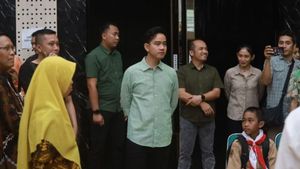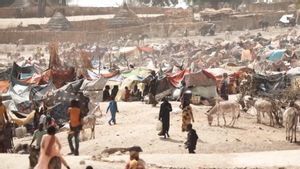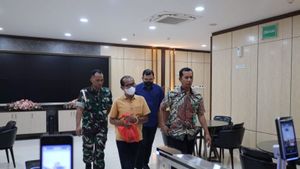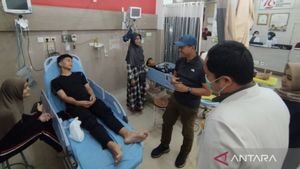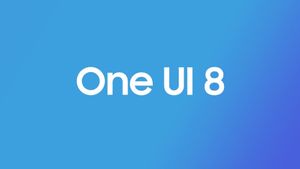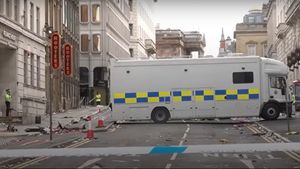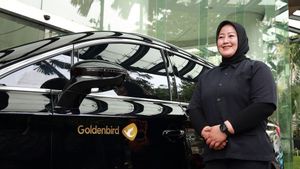JAKARTA - After fighting tooth and nail to curb the spread of COVID-19, many countries around the world have begun to seek a balance between keeping the economy running and protecting their citizens from contracting COVID-19. That sight is now present to a country in the Middle East, Iran.
On that basis, Iranian President Hassan Rouhani plans to reopen mosques in several cities after the lockdown policy gradually began to subside on Sunday, April 27.
The decision was made because Iran began marking areas according to white, yellow and red based on the number of infections and deaths.
Later, activities in each region will be limited according to the existing colors. As a result, areas with the least number of infections or deaths will be labeled white. A color sign of the mosque can be reopened in order to hold Friday prayers together.
According to the plan, Iran's Deputy Health Minister Iraj Harirchi said in an interview, the regions that now have a white label will have 116 regions. The remaining 134 regions are yellow. However, even color labeling of an area can change according to the situation and conditions.
Not only that. Iranians have also reopened shops, markets and parks over the past week thanks to the easing of the lockdown as the death toll started to decline and has remained below the one hundred mark since April 14.
In an effort to contain the spread of COVID-19, Iran has also extended the closure of schools, universities and banned cultural, religious and sports gatherings.
Meanwhile, so far Iran has confirmed 90,481 cases of COVID-19 transmission. Among them, there were 5,710 deaths. In fact, since early March Iran has imposed a lockdown as an option to contain the spread of COVID-19.
The English, Chinese, Japanese, Arabic, and French versions are automatically generated by the AI. So there may still be inaccuracies in translating, please always see Indonesian as our main language. (system supported by DigitalSiber.id)



